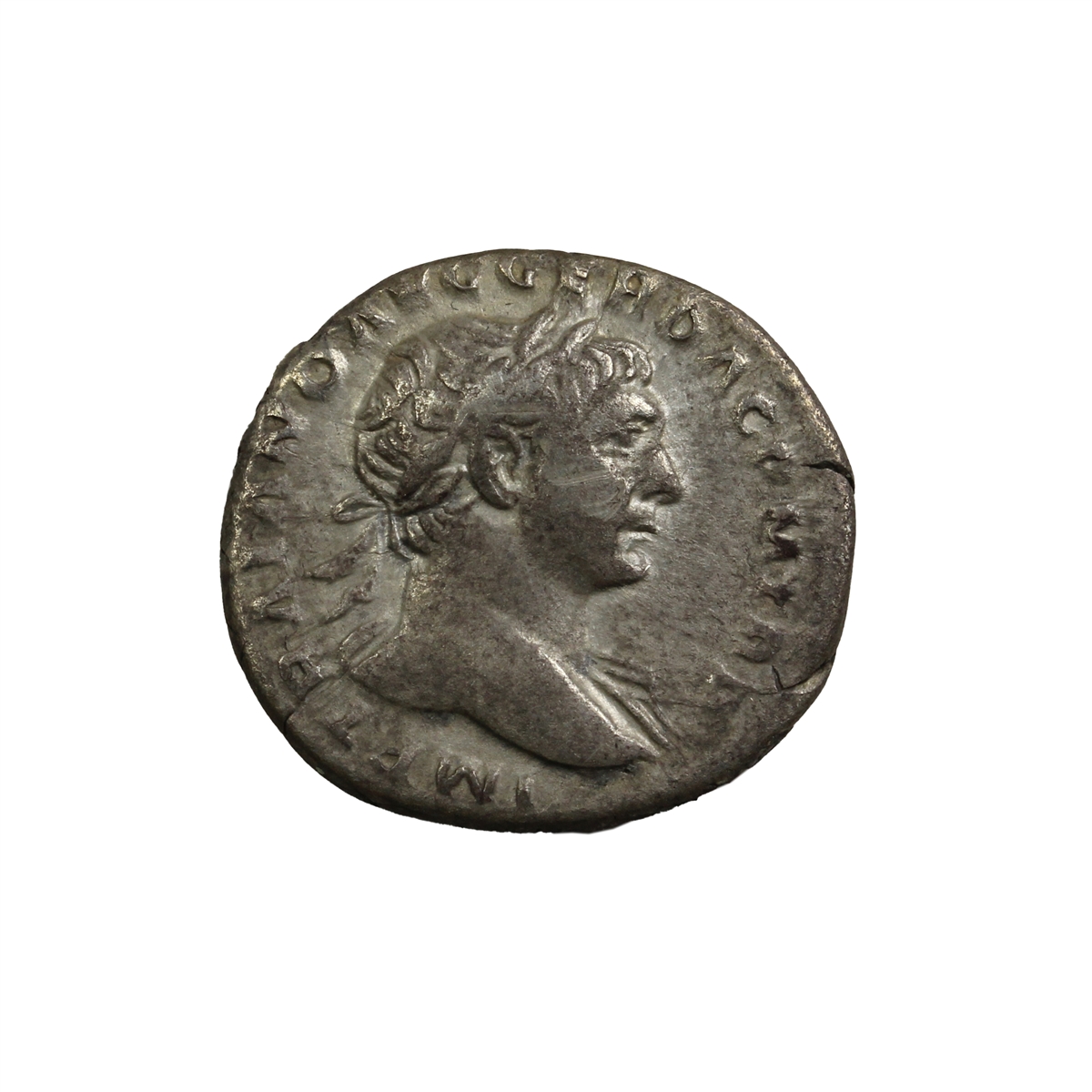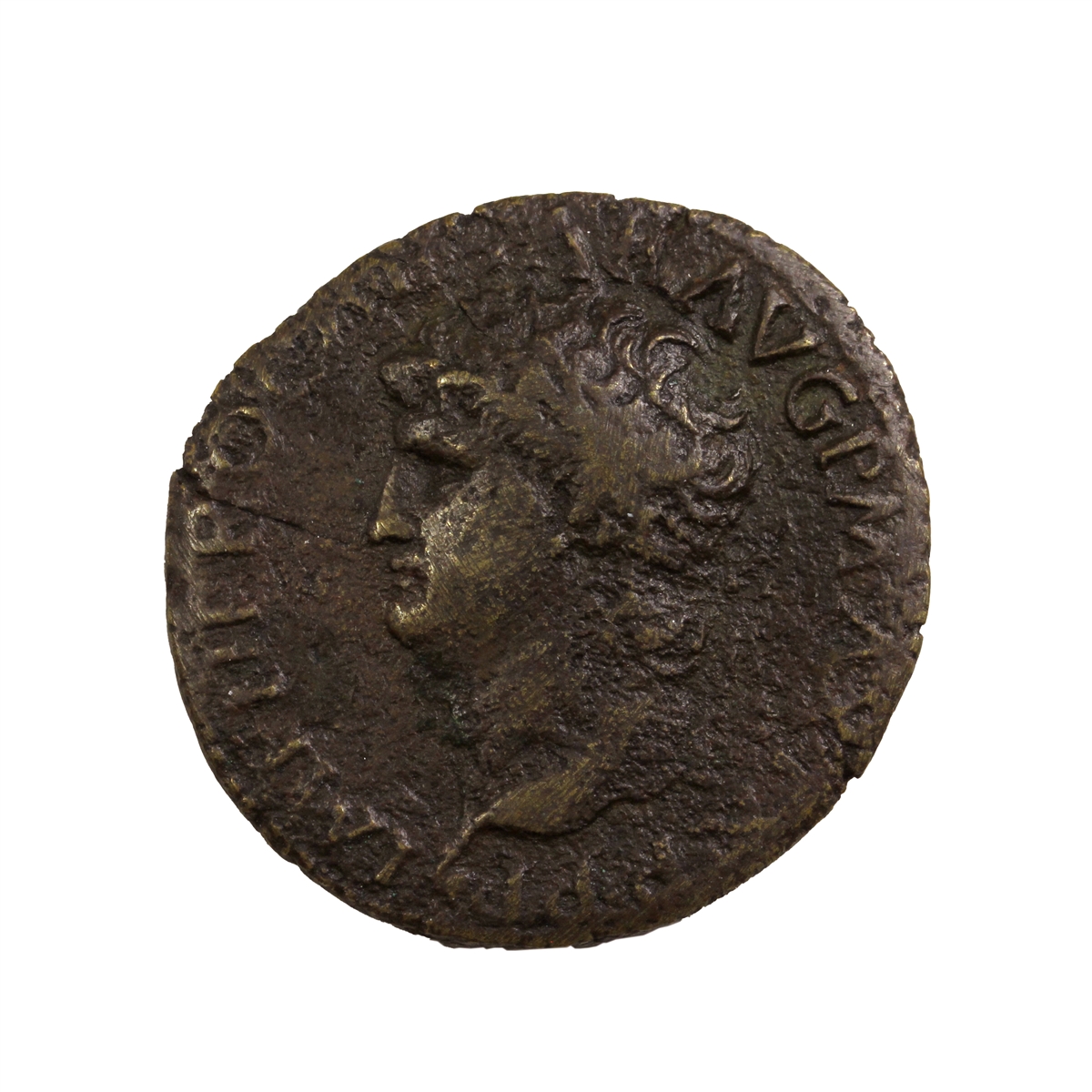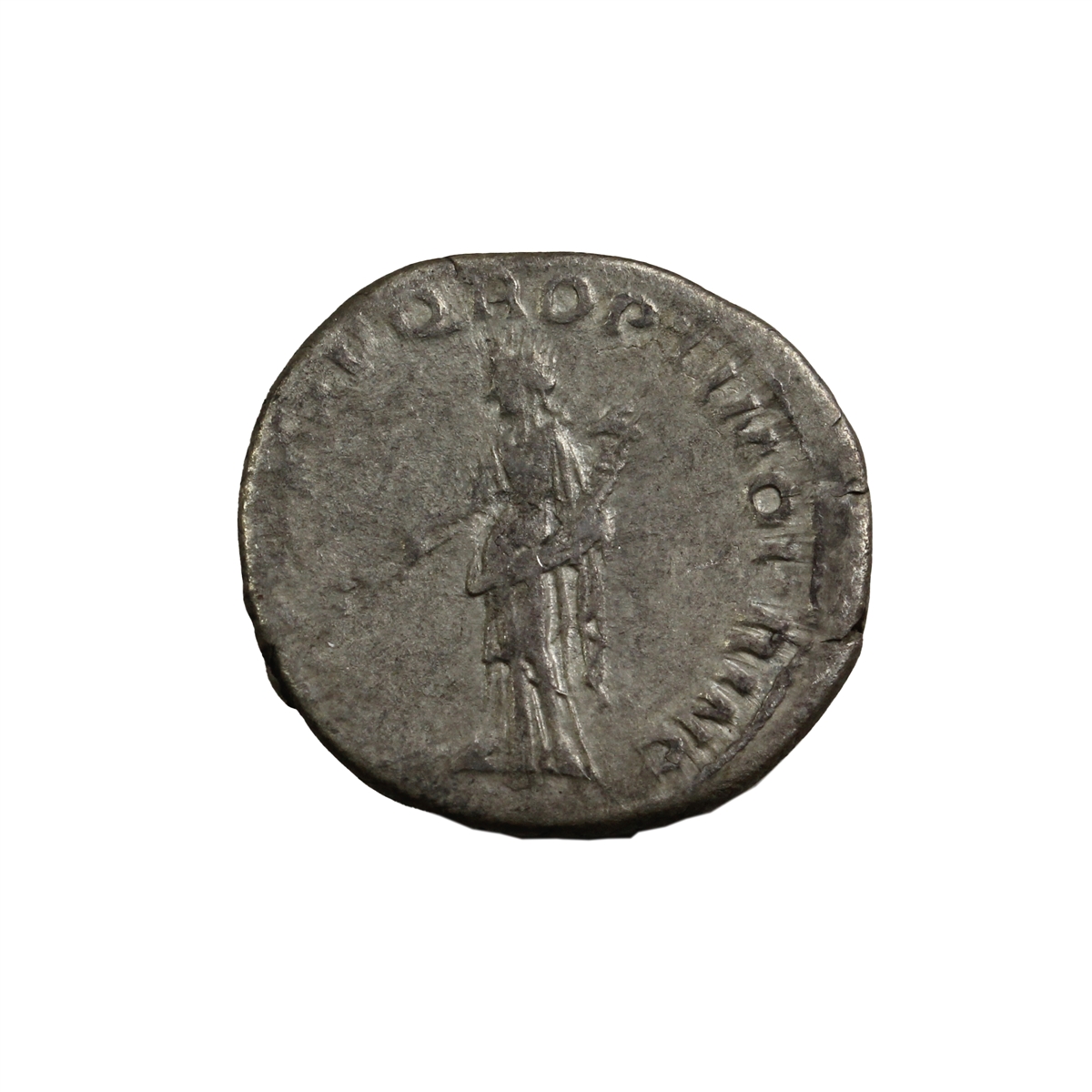Last updated on May 2nd, 2024 at 03:31 pm
Last Updated on May 2, 2024 Posted by Colonial Acres Coins
Do you ever stop and wonder about the stories behind ancient coins? The antiquated gold, silver, or bronze coin that lies in your hand could have passed from an emperor to a soldier’s widow; perhaps it was even part of some legendary military victory centuries ago.
Whether you’re a new numismatist looking to get started or an experienced enthusiast wanting to explore beyond the confines of modern coins, this guide will give you an introduction to Roman coins and a guide for some information needed to identify these coins. Learn more here about the denominations, the different symbols, letters and how to determine the quality and rarity.
An Overview of Ancient Roman Coins
Ancient Rome flourished in parts of Europe for centuries, from about 750 BC to 480 AD. Throughout this time period, Roman citizens used a variety of ancient Roman coins to conduct business and hold onto their wealth. As Rome grew from a small republic around the Tiber River in its infancy to a vast empire covering modern England, Spain, France, Portugal, Italy, Greece, Turkey and Northern Africa, the types of styles of coins became more sophisticated.
Before using coins, people in the Roman Republic traded goods and services for sheep, salt and other commodities. By the 4th century BC, many people started using flat pieces of bronze, called aes, as an early form of currency. The pieces of bronze were imprinted with the word, “Romanom,” meaning from Rome.
By the year 200 BC, the flat pieces of bronze evolved as real coins made from cast bronze. Coins were minted with designs that were similar to Greek coin images. The coin’s value was linked to the value of the cast bronze.
Over time, the mints switched to issuing coins made from silver, copper and gold. Throughout the Imperial Rome period, ancient Roman coins made from silver became less pure and the coin value started to become lower due to inflation and other factors.
Coin Denominations
Ancient Roman coins were issued in different denominations during the Republic and Imperial periods. Here are lists of the denominations throughout Roman times from most valuable to least valuable:
- Early Roman Republic – Denarius, Sestertius, Dupondius, As, Semis, Quincunx, Triens, Quadrans, Uncia
- Augustan Roman Times – Aureus, Quinarius Aureus, Denarius, Quinarius Argenteus, Sestertius, Dupondius, As, Semis, Quadrans
- Diocletian Roman Times – Aureus, Argenteus, Nummus, Radiate, Laureate, Denarius
- Late Roman Empire – Solidus, Miliarense, Siliqua, Follis, Nummus
Roman Coin Discoveries in Europe
If you’re fascinated by ancient Roman coins and thinking about starting your own coin collection, there’s some good news. You may be able to find ancient Roman coins for sale at an affordable price. Coins from the Roman Republic and Empire aren’t as rare as you may think. Despite being thousands of years old, there have been some remarkable discoveries of Roman coin lots throughout Europe in the past century.
In the past twenty years, stashes of Roman coins have been found in Italy, Switzerland, Sweden, France, Spain, Portugal, Iceland, England, Scotland and Africa. Some coins have even been discovered in South and North America, probably after being transported across the Atlantic Ocean years after the fall of the Roman Empire.
Check the Size and Weight
 If you come across a Roman coin, it’s important for you to understand how to identify it and date it. Checking the coin to determine its age and authenticity can help you learn more about the history surrounding the coin and consider it for your collection. First, check the coin’s size and weight.
If you come across a Roman coin, it’s important for you to understand how to identify it and date it. Checking the coin to determine its age and authenticity can help you learn more about the history surrounding the coin and consider it for your collection. First, check the coin’s size and weight.
One of the most prolific ancient Roman coins is the silver Denarius. This coin is about as large as an American dime in diameter. It was twice as heavy and double the thickness of a dime. Some Roman coins were slightly smaller in diameter, such as the Quinarius. Smaller coins often weighed less.
Larger coins, such as the Sestertius, could be double the size and weight of the Denarius. It’s also important to note that some coins, despite being identified as the same type, may have differences in their size and weight if minted at a different time period.
Look for Letters and Symbols

Ancient Roman coins were also marked with various letters and symbols. The letters and symbols can help identify the specific historical period of the coin and more information about the value of the coin at the time.
Something to look for on an old coin is the mint mark. Mint marks give details about where and when the coin was issued in the Roman world. Mint marks were used by officials to help identify the location of the coin’s origin and to troubleshoot any issues if the coin had a problem. Mint marks included one letter, an abbreviation of the mint city, the mint officina, or workshop, and the coin series.
Coins could also include abbreviations in the inscription imprinted on the coin. Coins were often issued in honour of Roman leaders and officials, so Latin inscriptions were commonly seen. Some inscription examples include “F” for son, “FIL” for daughter, “CAES” for emperor and “SPQR” for the senate and people of Rome.
Research the Quality and Rarity
 Collectors of ancient Roman coins should then consider the quality of the coin and its rarity. Coin quality for ancient artifacts can vary, but some coins are surprisingly in good condition. The value of an ancient coin can go up considerably if it looks pristine and still features all of the original details.
Collectors of ancient Roman coins should then consider the quality of the coin and its rarity. Coin quality for ancient artifacts can vary, but some coins are surprisingly in good condition. The value of an ancient coin can go up considerably if it looks pristine and still features all of the original details.
Roman coins are graded like other ancient coins when it comes to quality. If the coin looks like it’s in mint condition, it gets the highest value. Coins that have been worn down may be worth much less. You should also consider the metal composition of the coin.
The rarest coins are ones in mint condition and specific coins that weren’t distributed as much as common Roman coins. One type of coin that is hard to find is a specific Denarius, the “Eid Mar” coin. This coin was created by Marcus Brutus, the assassin of Julius Caesar. Because there are only 60 of these coins left in the world, they are worth six figures or more.
Read Guides and Online Resources
Next, you need to educate yourself more about ancient Roman coins using guides and online resources. It’s important to learn as much as you can about Roman coins for sale in Canada and around the world. Use blogs, online collector’s guides, print sources, forums and articles to become an expert in identifying ancient Roman coins.
Online guides can also be helpful if you use specific Google searches for the type of coin you come across. Other collectors may also have information about the coin in dedicated forums and blogs devoted to ancient coins.
Join Up With Collectors Groups
Finally, be sure to reach out to collectors who specialize in ancient Roman coins to get more details about the coins you are interested in. Consider going to in-person coin conventions to see specific coins up close so you can compare specimens to things you find. There are also many coin clubs around the country that are good resource options and a great way to get an idea of other types of ancient coins in Canada that enthusiasts are collecting.
Start Your Collection of Ancient Roman Coins From Colonial
Ancient Roman coins can be a powerful tool in deciphering history, and with the right resources, anyone can start their own ancient coin collection. Here at Colonial Acres, we strive to provide our customers with the resources they need to get started on or add to their collections.
We are passionate about helping collectors discover coins from around the world and inspiring them to reignite their enthusiasm for this remarkable hobby. If you’re just getting started out or if you already have a collection going, we’re here to help! Head over to our website to view the ancient Roman coins we have in stock and to peruse our selection of quality products. We look forward to being part of your adventure!




